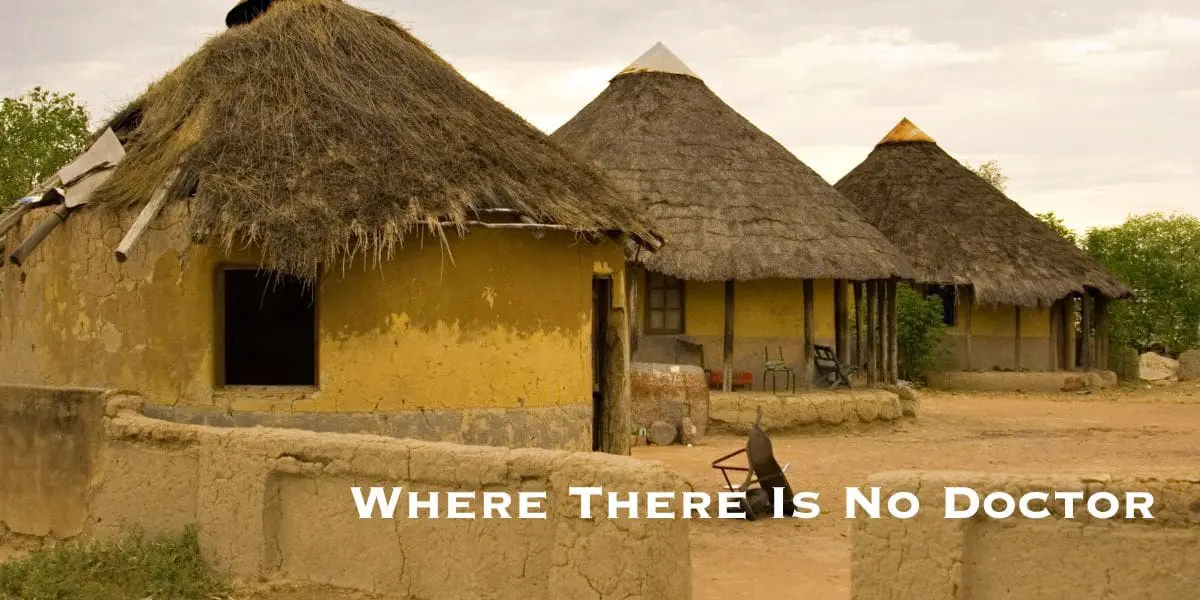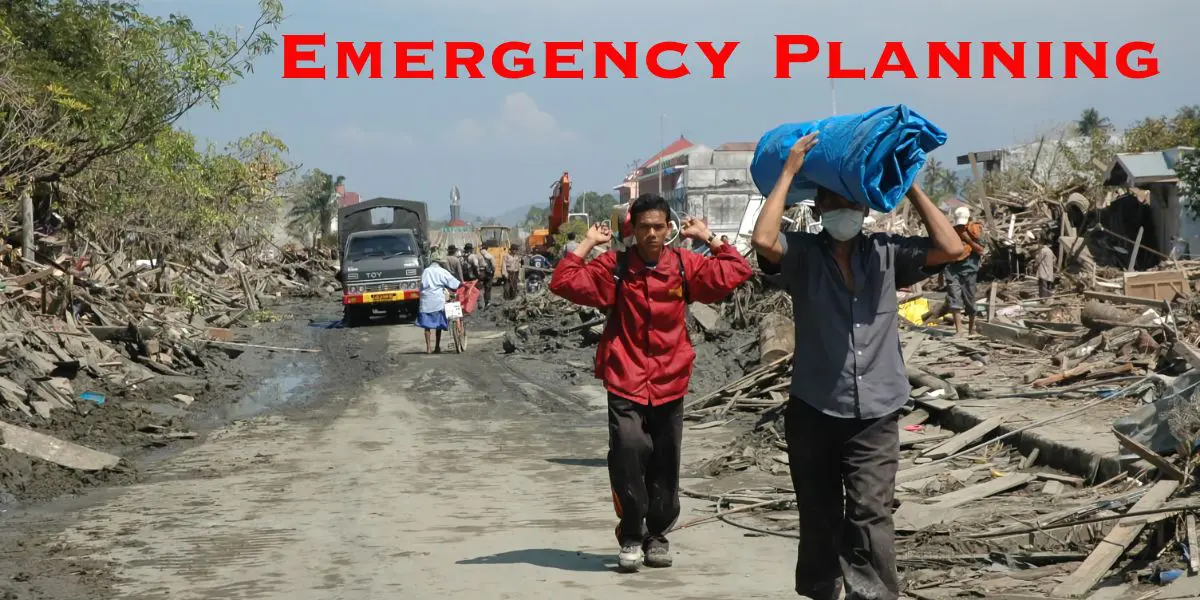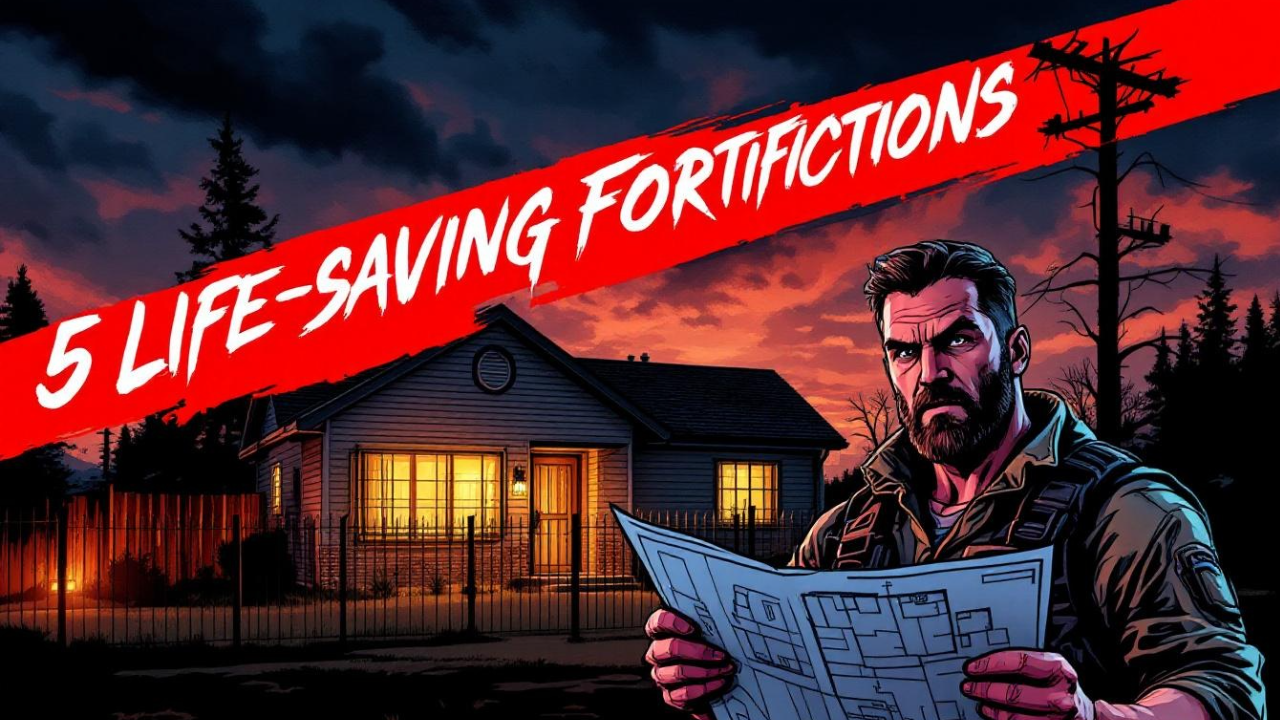Evacuation Sucks, but it happens!
It can be heartbreaking when you’ve done your best as a prepper and stocked up on food supplies to last you for thirty days only to realize that you need to leave your home and evacuate because of an impending hurricane or your house is not safe to live in due to an earthquake. All your effort seems to have gone to waste.
This is a very real possibility and even the best laid plans can suffer serious setbacks due to the unpredictability of most crises. A flood may wipe out all your food stocks in minutes. An earthquake may cause a section of your house to collapse and that’s the part with all the food.
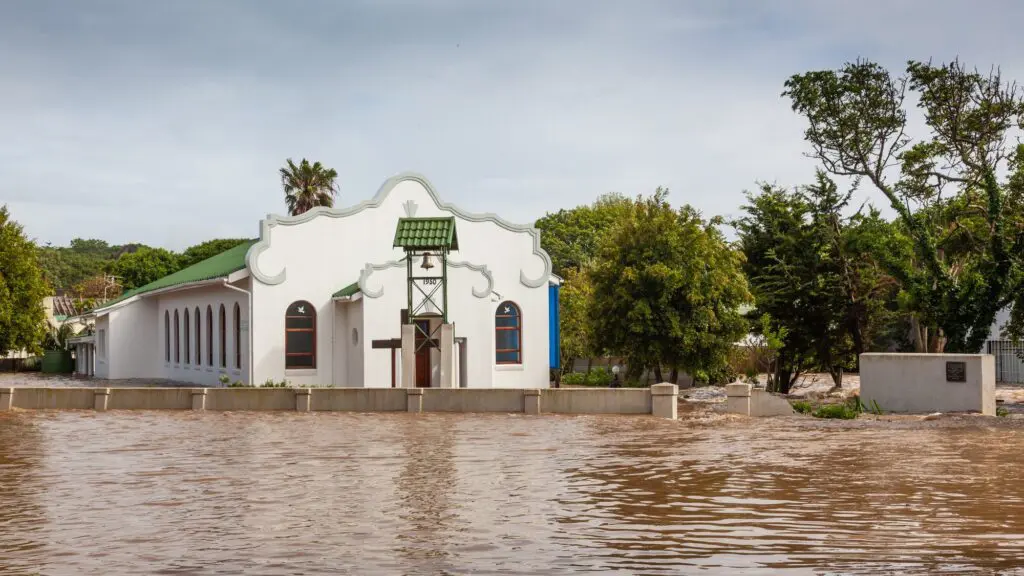
In most cases, before such disaster strikes, the authorities will issue evacuation alerts. It’s best to heed their alerts and leave your home. But before you go, you must pack as much food as you can to help you survive.
Even if you’re driving to another state and you know that there is shelter and food there, you still MUST take at least 3 days’ worth of food with you because you might find yourself stranded if your car breaks down or runs out of fuel. Or the roads may be unpassable because of flood waters and you’re forced to take a more circuitous route which will take longer.
By having your own food supplies, you’ll not have to go hungry. You do not want to be in a situation where you’re driving around looking for food, but all the stores are closed and you’re left helpless.
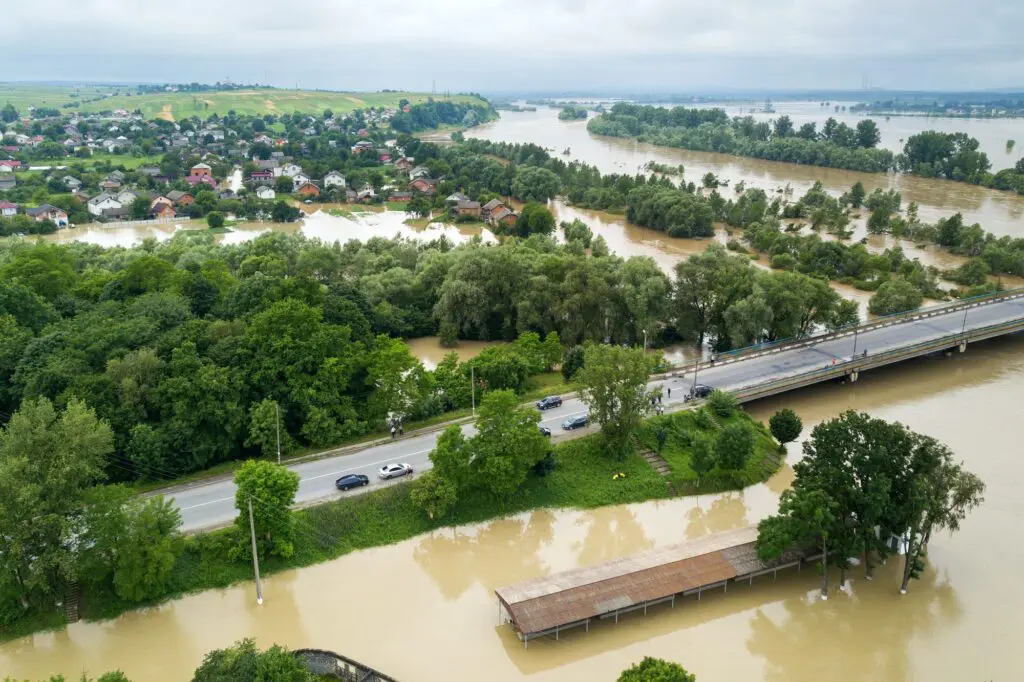
Follow These Evacuation Tips
The moment you decide to evacuate, you need to get your bug out bag and start packing food from your stores. But what do you pack? Just follow the tips below.
- Water is the most important thing to pack but it can be heavy. You can choose to use water bags to store your water, but sharp objects may pierce the bags and cause them to leak. If you opt for water bottles, these are more durable but slightly heavier. Make sure you pack a gallon of water a day per person.
- Pack light items such as oatmeal and pasta that you can easily cook with boiling water. These will still fill you up.
- Canned food can get heavy. If you’re packing them, stick to tuna and spam. They’re high in protein and will fill you up.
- You can easily pack 5 to 7 packets of ramen noodles in your backpack and barely feel the weight. They only take minutes to prepare and will satiate your immediate hunger.
- Your mode of transport will dictate how much food you can take. If you’re driving, you can pack a lot more food to bring with you. If you’re on foot, you can only pack as much as you can carry.
- If you need to stay outdoors for a while on route to your destination, never leave your food exposed. You’ll attract insects and other animals to raid your food.
- Make sure you pack all your food in sealed plastic bags so that they’ll not get wet if you’re stuck in inclement weather.
- Generally, it’s not a good idea to bring raw meat or vegetables if you’re evacuating to a safe place. Transporting them will be a hassle and there’s always the possibility of cross-contamination. Stick to dry or canned food that you can prepare on the go.
- Always have a list prepared of what you will take with you in an emergency. Do this well ahead of time. You might want to pack them all in a backpack and try carrying them just to see if it’s too heavy. Early preparation will save you time. You will not need to think when you’re panicky.
- If you have family members, make sure each of them has their own backpack so they can carry their own food. This will help to disperse the weight and also allow you to travel with more food.
Use the tips in this article and you’ll be much more prepared should you need to leave your home to get to safer ground.























